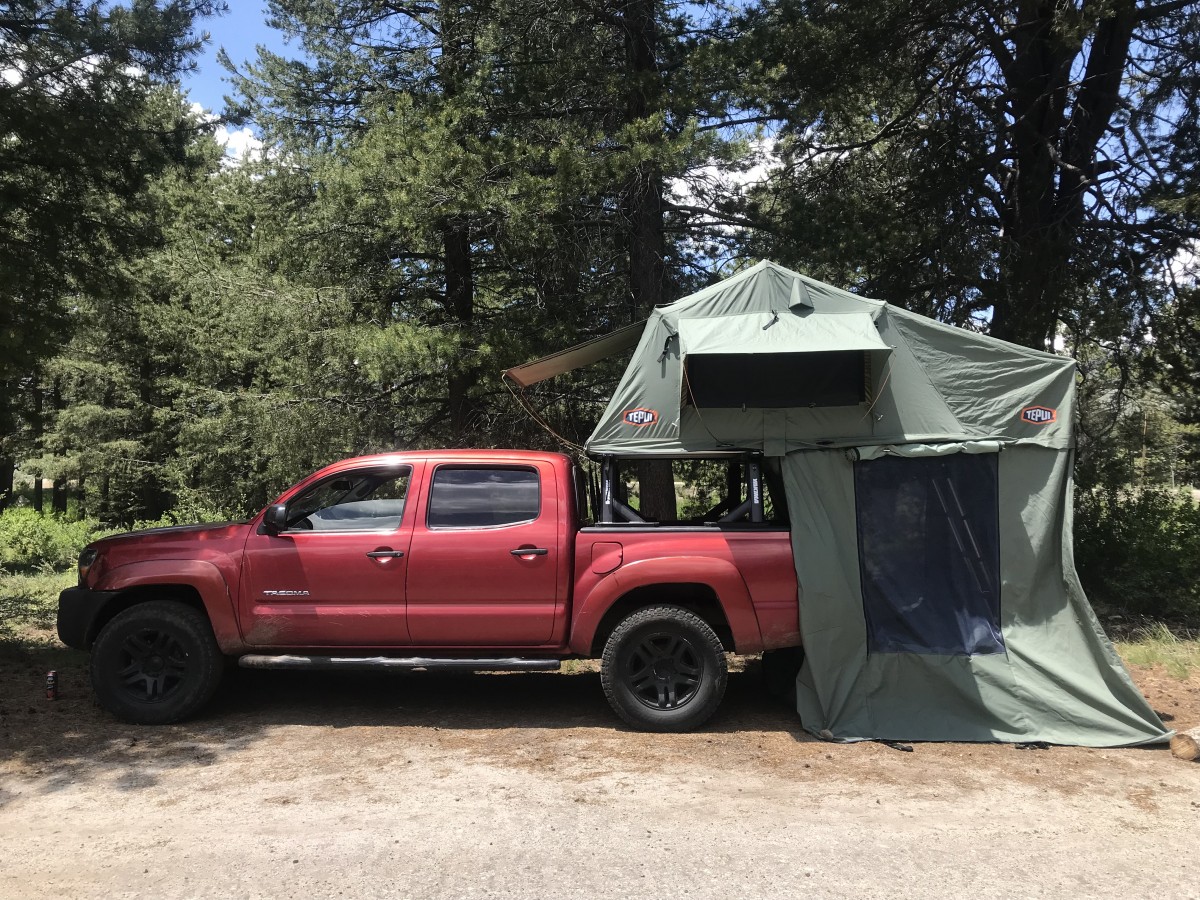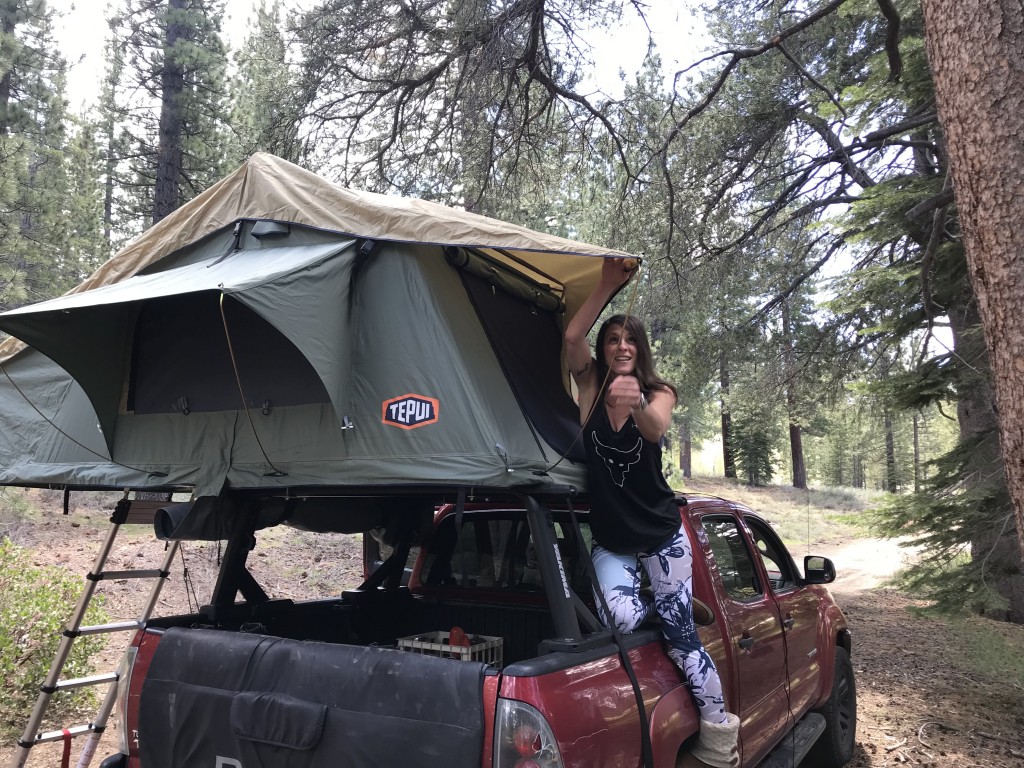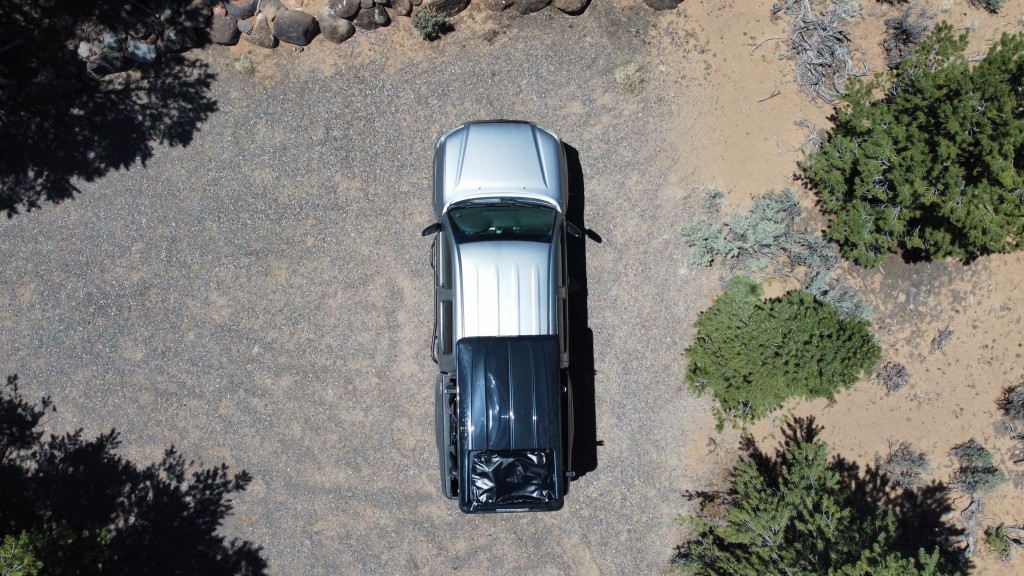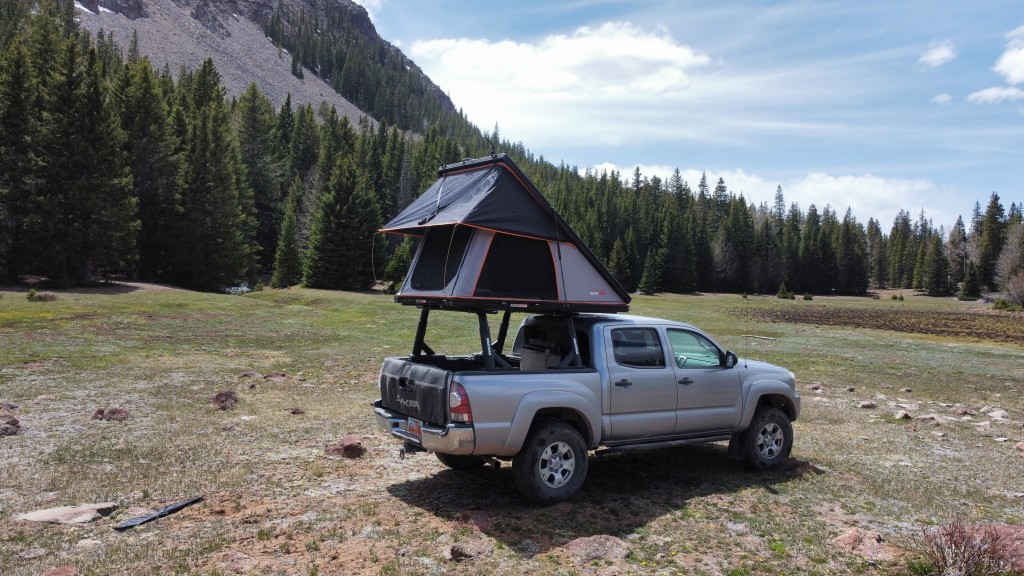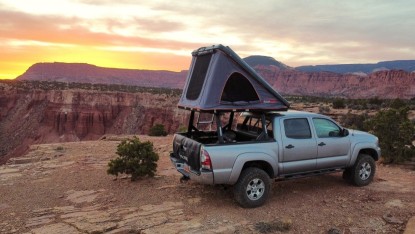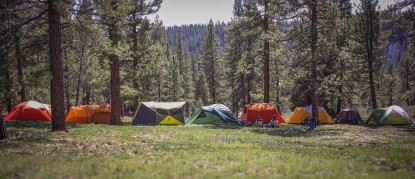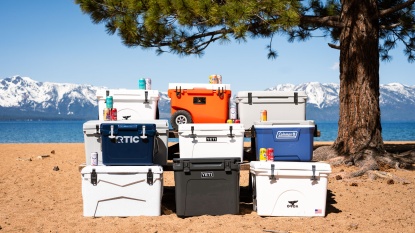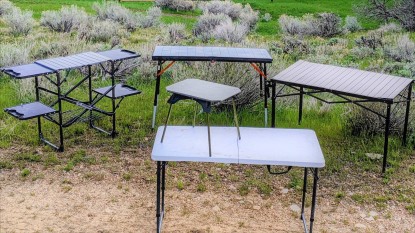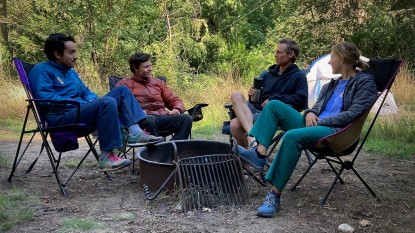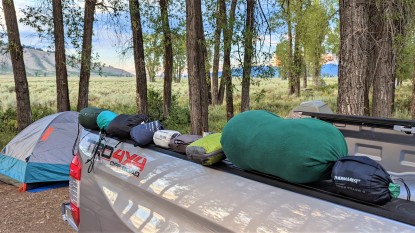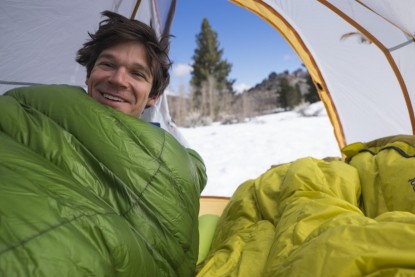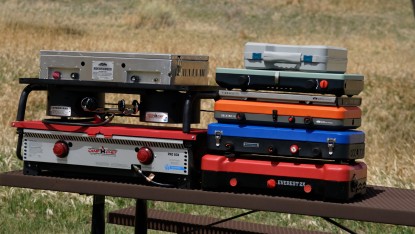Purchasing a product as expensive and technical as a rooftop tent (or RTT) is a bit of a daunting task. There is a long list of factors to consider with these tents, and many people overlook some very important details. If you make a hasty purchase, you could end up with a tent that doesn't work for you, a rack that doesn't work for your vehicle, a tent that doesn't work for your rack, or all of the above. These tents show up at your house in massive freight trucks with hydraulic lift gates, so returning one is quite the headache. After years of testing RTTs, we've definitely learned this lesson the hard way. It is crucial that you do the necessary research before purchasing a rooftop tent so that you don't open a very costly and time-consuming can of worms. Continue reading below to get an in-depth overview of what it takes to get the right RTT to save yourself from wasting any time or money.
Initial Considerations
The first thing to consider is the logistics of owning an RTT because they are not for everyone. Keep in mind that you have to climb up and down a ladder to go to sleep or get up in the middle of the night. Everything that will go into your tent needs to be handed up to someone or taken up the ladder. For folks with injuries, disabilities, or large pets, a rooftop tent can be difficult or impossible to use. Also, be prepared to be climbing, crawling, leaning, and stepping all over your vehicle a LOT because there is no way around it. This doesn't necessarily mean that you will damage your vehicle by having a rooftop tent installed, but it is important to be cautious. Remember that they're heavy and that many models require assembly before you can even think about installation. You'll need some help from a friend for the installation process. Some of the assembly is much easier with two sets of hands, certain models require power tools, and they all weigh at least 90 pounds. The heavier versions that we've tested weigh upwards of 160 pounds. Sometimes, it might be best to install the tent professionally.
I'm In. What's Next?
Deciding that you're ready to purchase an RTT still doesn't mean that you're ready for one. Most vehicles are not designed to hold that much weight on the roof. You must know if your vehicle is rated to hold the amount of weight on the roof you will have up there. It's not just the weight of the tent but also your bedding, gear, people, and pets that you need to consider. If you overload your roof, you could potentially damage your vehicle or injure yourself or somebody else.
The Rack
Any old rack is not suited for a rooftop tent — most racks are not rated for the weight. The crossbars that come stock on many trucks, cars, and SUVs are only rated to around 100 pounds. You absolutely cannot use any aftermarket clamp-style rack systems that grab onto the vehicle in between the car door and the roof. These racks put all the weight on four roof points and will likely damage your car with the weight of a rooftop tent. To safely mount a rooftop tent over the cab of your vehicle, you need to have a track system that distributes the weight down the length of the entire roof, beefy towers, and crossbars rated to the proper weight. If you're going to mount your tent on truck bed racks or on a trailer, again, be sure to check the specs of your products to confirm that they have a good enough rating for this much weight.
How to Choose a Specific Model
Once you've decided that you want an RTT, that your vehicle can handle it, and that you've purchased the right rack for the job, you can start looking at tent specs. Rooftop tents come in many shapes and sizes with a variety of features and prices.
Fold-out vs Pop-up
There are two types of RTTs: softshells and hardshells. Softshell tents are more compact while traveling and have thick rubber or Cordura covers when they are not in use. They unfold over the side or the back of your vehicle, and they generally take more time to convert from travel mode to camping mode and back. If you want to use the awnings, annexes, or rain fly for this type of tent, be prepared to spend another extra few minutes during camp setup and breakdown. In our experience, softshells tend to require some assembly out of the box that usually involves attaching the mounting tracks to the bottom of the tent as well as attaching the ladder. For the most part, softshells are substantially more affordable than hardshells.
Pop-up hardshell tents look like massive fiberglass cargo boxes when they are not in use and extend vertically or at an angle when it's time to camp. The ones that we've tested come fully assembled from the factory and only require one wrench to install on your rack. When it's time to convert this type of tent from travel mode to camping mode, most of the work is done by hydraulic pistons that open the tent like the trunk of a modern hatchback car. To fold the tent up, the weight of the roof plus a little bit of your body weight and gravity make the breakdown process super easy as well. The entire conversion process takes no more than a minute or two for setup or teardown. The upper half of the shell also doubles as the roof of the tent, so there is no need for a rain fly. Most hardshells take up a much larger area over your vehicle than softshells do while in transport, but that footprint does not grow when you're camping. This trait can be very helpful if you're camping in a tight forest or a crowded campground. Hardshells are quite a bit more expensive than their soft-topped cousins.
Weight
The weight of the tent can be a big deal for people with smaller cars; for people with larger trucks and SUVs, this is likely less of a factor. It's also important to consider that at some point, you will be lifting the tent onto or off of your vehicle. If this is something that you plan on doing often, that extra 20 or 30 pounds can be a significant deciding factor. However, with added weight generally comes added durability. If your tent is going to be getting a lot of use, whether it be off-road, at festivals, or just a ton of road trips, then it might be worth the extra weight to get a beefier model.
Seasons
It is important to consider the type of weather you will be camping in. Somebody headed to Moab in July probably does not need the same type of canopy as someone headed to the Cascades in April. Breathability is key in high temps, so a thicker canopy might leave you baking on hot days. That being said, if you want a tent that can handle anything but still offers a good amount of ventilation, we'd recommend you go with a 4-season model. All of the softshell tents we tested have a removable rainfly, but with taped seams and waterproof canopies, the 4-season models don't need one in lighter rain. Hardshell models don't need a rainfly at all because the shell that encloses the tent during travel mode becomes the tent roof while in camping mode.
Ladders
There are two types of ladders for RTTS: sliding and telescoping. The telescoping ladders are more versatile, but sliding ladders are sturdier. If you aren't afraid of drilling into a sliding ladder to give yourself a few more options for height, tents that come with this ladder type are generally cheaper.
Security and Privacy
Not everybody has a garage, and sometimes it's necessary to leave your vehicle at a trailhead or parking lot for extended periods. If this is the case, getting a tent that locks to your rack is wise. As far as privacy goes, in an RTT, you're a bit exposed to onlookers in many ways. That said, some tents include large awnings and annexes that can give you a private place to change, shower, or hang out at a crowded campground or festival.
Mounting System
The mounting system that comes with your tent can be very important depending on your vehicle, your rack, and the type of use you have planned. If you're going to be taking the tent off of your vehicle regularly, a tool-free system might be the right choice. It is important to note that the tool-free systems can be limited as far as the width and spacing of the crossbars and racks they fit. For a more permanent, more customizable mounting system, we recommend you go with a tent with the standard track mounts.
Accessories
When you're car camping, you want to have all of the amenities available, and there are all kinds of accessories for RTTs. There are internal shelves, LED lights, boot bags, deluxe mattresses, and interchangeable canopies. If you're the type that likes to have all of the bells and whistles, then you should choose a tent that has all of the options. Keep in mind that some tents come with included accessories while others will charge you an arm and a leg to upgrade.
Style
For many people, style is everything. After all, it feels good to look good and stand out. On the other hand, a lot of people don't care what the tent looks like as long as it does its job. Certain brands offer a multitude of colors and styles, while some only offer one generic option. If you don't mind sacrificing a bit of style for functionality, you can save yourself money by going with a less popular or colorful model.
Conclusion
Buying the right RTT for you can make or break your camping experience. It is important to spend the time to look into every detail that you can so that you don't end up with something that doesn't work for you or falls apart. Look back through our comprehensive rooftop tent review and the individual product reviews to get a better idea of what you want. Be sure to make a careful, thoughtful purchase to save yourself time, money, and frustration.

